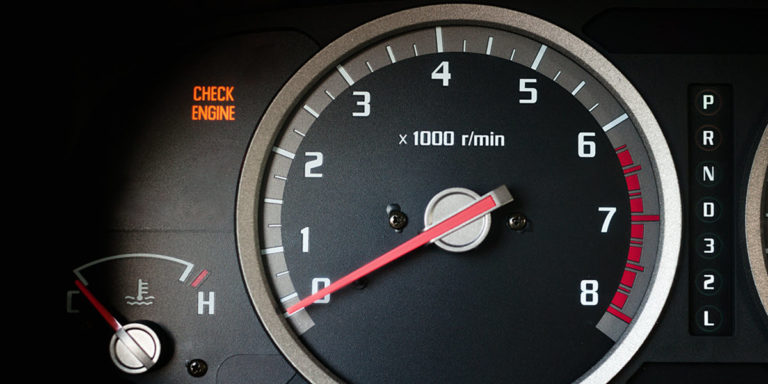The climate control system in your car is an intricate set of parts, including various actuators, that can fail from time to time, leaving you with an inadequately functioning heating and air system. Each part of the climate control system has the potential to fail, especially after substantial use over time. In this article we’ll talk about one of the actuators that runs into issues occasionally—the mode actuator.
Types of climate control in cars
In the past few decades, climate control in automobiles has evolved steadily. There are two main types of climate control in cars:
- Mechanical or
- Digital
These two types of climate control systems work differently but perform the same basic function: to heat and cool your interior cabin. Most cars today are equipped with digital climate control systems, which contain several different types of actuators you should know about.
The different HVAC actuators and their importance
As we mentioned before, digital climate control systems contain several different types of actuators that perform different functions. We won’t go into detail of what they all do, but it’s important to know that any issue you experience may be due to one of the actuators failing, including the mode actuator. These are the four key actuators that are part of the climate control system in most cars these days:
- Mode actuator – determines where the air will blow out of, such as the floor vents, the top vents, or the defrosting vents that blow onto your windows and windshield.
- Blend actuator – helps combined cool and warm air to produce the proper desired temperature.
- Heater control actuator – regulates flow of hot air when heater is engaged.
- Fresh/circulate actuator – helps to pull in air from the outside of the car to re-circulate it in the cabin.
It’s important to have your skilled automotive specialist perform a thorough differential diagnosis to be sure that the problem lies with the mode actuator and not another type of actuator.
What is the mode actuator and what does it do?
As mentioned above, the mode actuator is responsible for determining the direction of the airflow in the cabin. That means that when you turn the dial to direct airflow toward the lower part of your cabin—from the vents near your feet—the air should blow out of the right vents of your choosing, not from any other vent in the cabin. It’s important to know what symptoms to look out for in your car when something goes wrong with the climate control system, as the problem may lie with the mode actuator depending on the symptoms you experience. Therefore, it’s important to look for signs of trouble and report them to your automotive specialist for a more accurate diagnosis.
Symptoms to look out for in the climate control system
Besides the air not blowing from the proper vents, there may be other symptoms of failure in the climate control system to be aware of. These symptoms are especially concerning when the warm summer months hit.
- Odd noises
- Heating and air functioning is unpredictable
- Differences in temperature
- Total failure of heating and air system
If the problem is due to a mode actuator failing, then the entire actuator will need to be replaced to fix the problem. However, besides one of the mode actuators failing, it is also possible for one of the plastic doors that helps direct airflow to become cracked or broken. This is especially probable as your car gets older and accumulates mileage. It is often difficult to repair these issues, as it usually requires quite a bit of labor.
What we can do to help you
Here at Mark Douglas Motorworks, we serve  clients from all over the Orange County area, including: Mission Viejo, Lake Forest, Costa Mesa, Irvine, Huntington Beach, Laguna Hills, and Laguna Nigel, CA. The summer months here in southern California can be brutal, reaching temperatures over one hundred degrees. If your climate control system stops working in your car, it’s important to have the problem diagnosed and treated right away to ensure your summer months are more tolerable. If you’d like to schedule an appointment with one of our European import specialists, please contact us directly today.
clients from all over the Orange County area, including: Mission Viejo, Lake Forest, Costa Mesa, Irvine, Huntington Beach, Laguna Hills, and Laguna Nigel, CA. The summer months here in southern California can be brutal, reaching temperatures over one hundred degrees. If your climate control system stops working in your car, it’s important to have the problem diagnosed and treated right away to ensure your summer months are more tolerable. If you’d like to schedule an appointment with one of our European import specialists, please contact us directly today.

